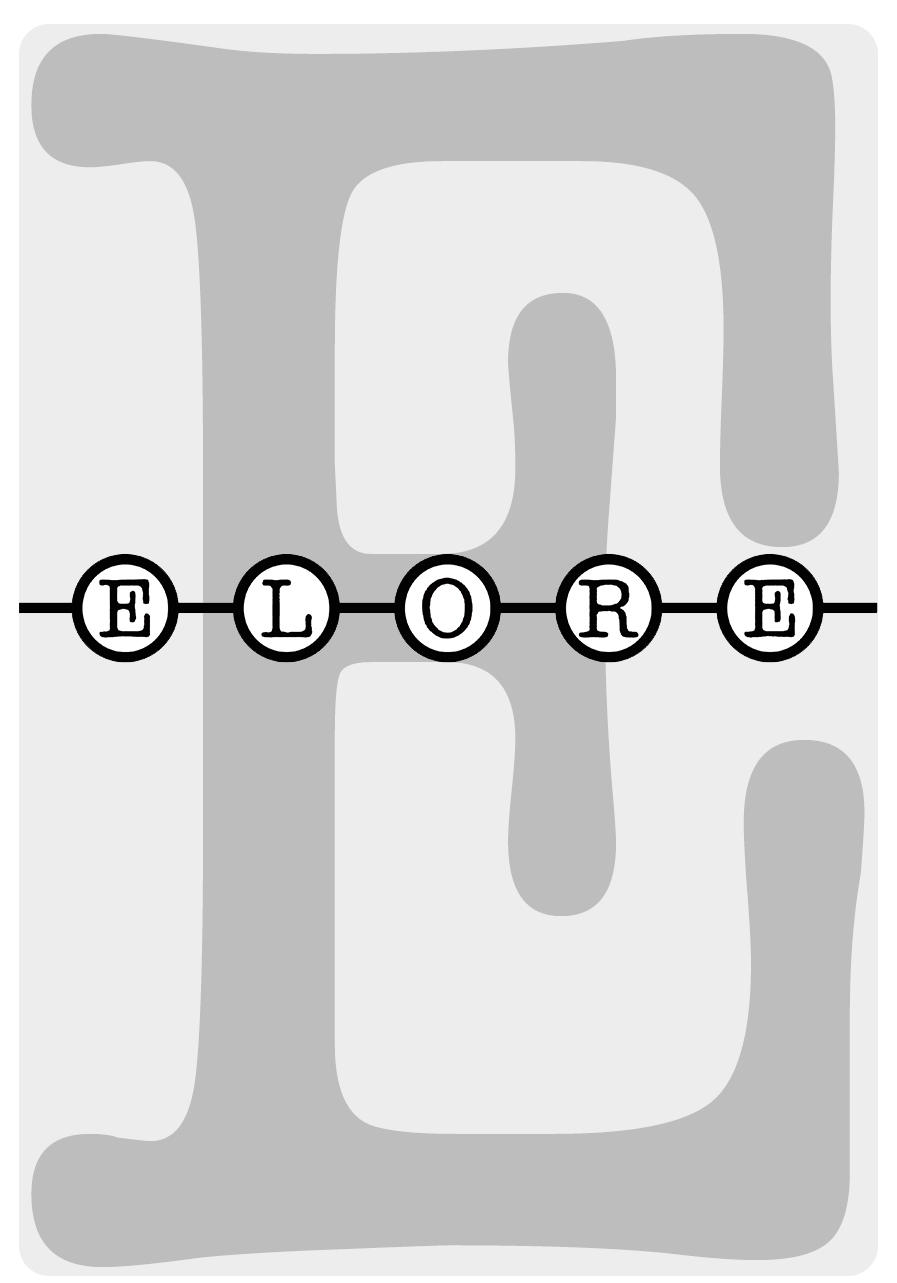Poissaolevan politiikkaa. Historia ja perinteinen kulttuuri nenetsien etnisyyden rakennusaineina
DOI:
https://doi.org/10.30666/elore.78519Abstract
The article deals with Nenets ethnicity and its connections with history and tradition, and it is based on the ethnographic fieldwork made in Nenets autonomous okrug in periods of varying length in 2000, 2003, 2004 and 2005. Besides participant observation and interviews, the material consists of archive and news paper material and literature describing Nenets history. I use the terms ethnicity, heritage, and politics of history as key concepts with which I define how Nenets ethnicity is constructed and articulated around the discussion about the fortification of Pustozersk and its 500th anniversary in 1999. The Nenets opened their own monument, Hèbidja Ten, during the anniversary celebrations and thus brought out a differing memory of the past. This evoked many debates over the right way of telling the history. Describing discussions about history, the opening ceremony, and also other activities of Nenets intelligentsia, this article argues that Nenets ethnicity is constructed on two absents, namely the traditional way of life and the glorious history. Still, in the current post-Soviet context, these two are made meaningful parts of Nenets ethnicity.##submission.downloads##
Publicerad
Referera så här
Nummer
Sektion
Licens
Tidskriften följer den så kallade "diamantmodellen" för öppen publicering: tidskriften tar inte ut några avgifter från författarna, och de publicerade texterna är omedelbart fritt tillgängliga på vetenskapstidskrifternas Journal.fi-plattform. Genom att skicka in en artikel till Elore för publicering godkänner författaren från och med september 2024 att verket publiceras under licensen CC BY 4.0. Enligt licensen får andra kopiera, sprida, distribuera och visa det upphovsrättsskyddade verket och eventuella bearbetade versioner av det, under förutsättning att de anger licensen, den ursprungliga publikationen (länk eller referens) och författaren som originalupphovsperson. Alla gjorda ändringar måste anges.
Upphovsrätten till texterna förblir hos författarna, och parallellpublicering är tillåtet. Detta gäller även texter som publicerats före september 2024. Publiceringsinformationen från Elore ska synas i parallellpubliceringen.
Användningslicensen för metadata till publicerade artiklar är Creative Commons CC0 1.0 Universal.





